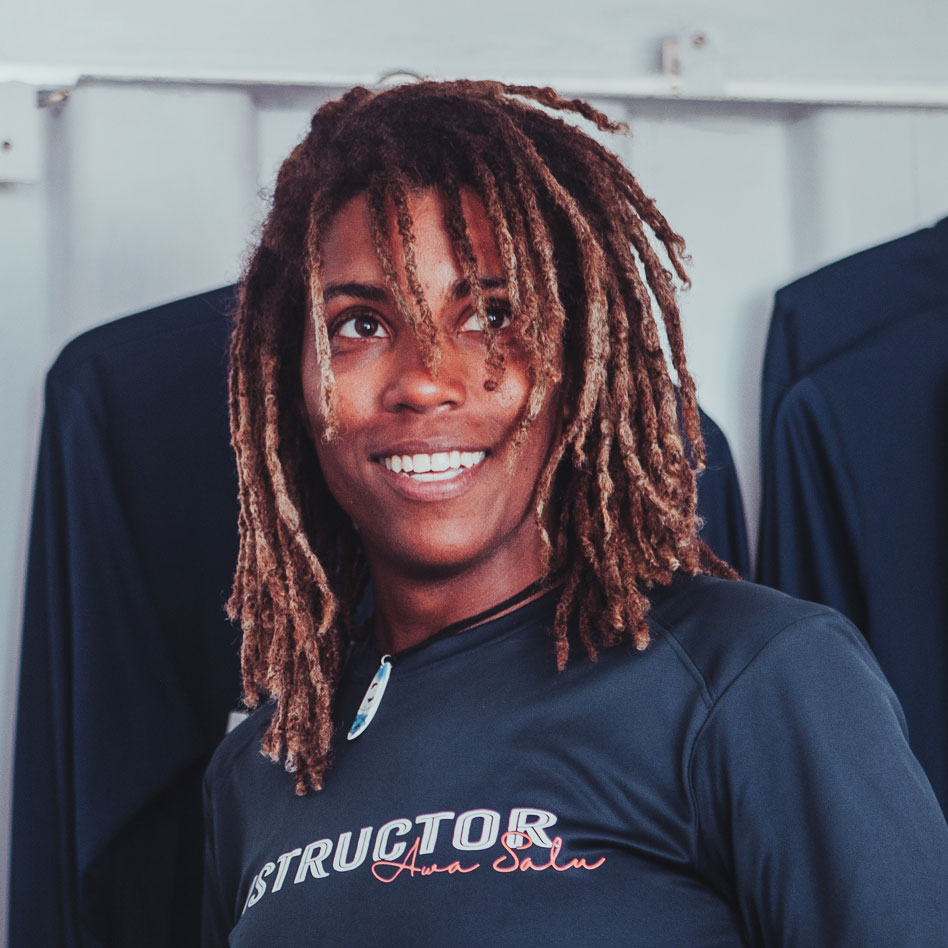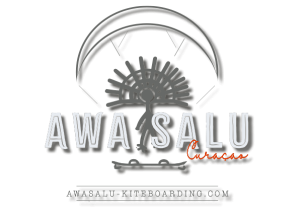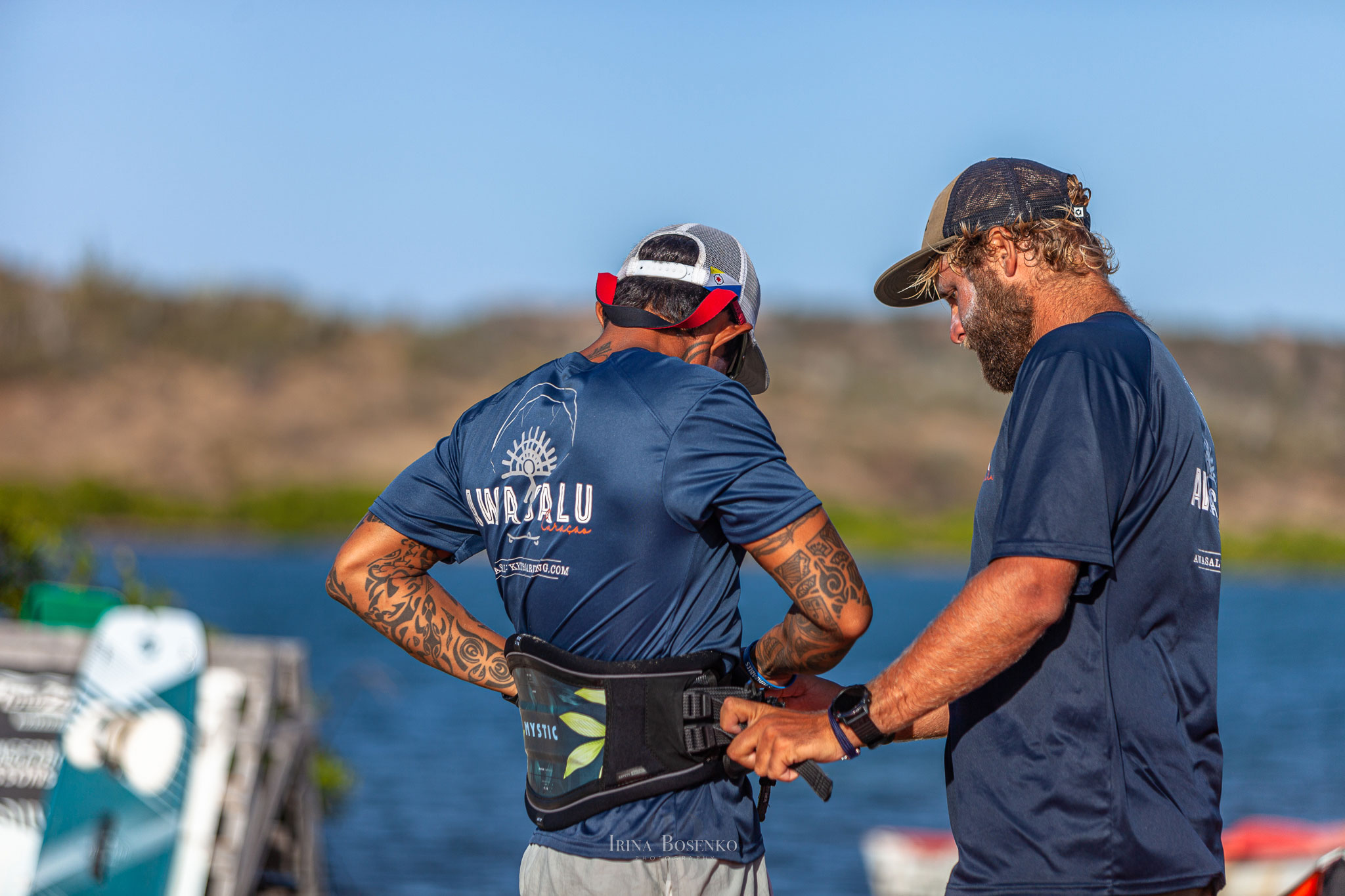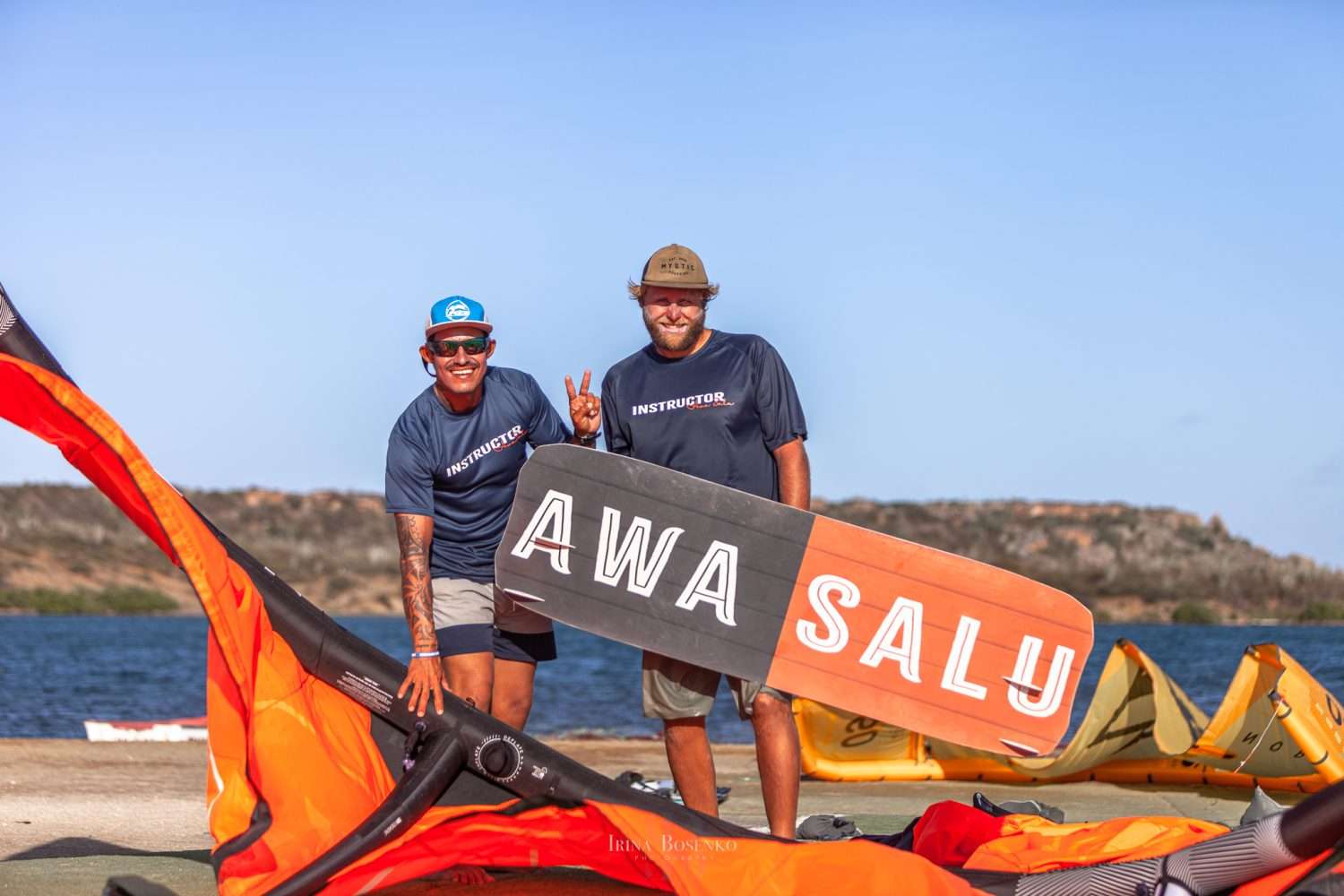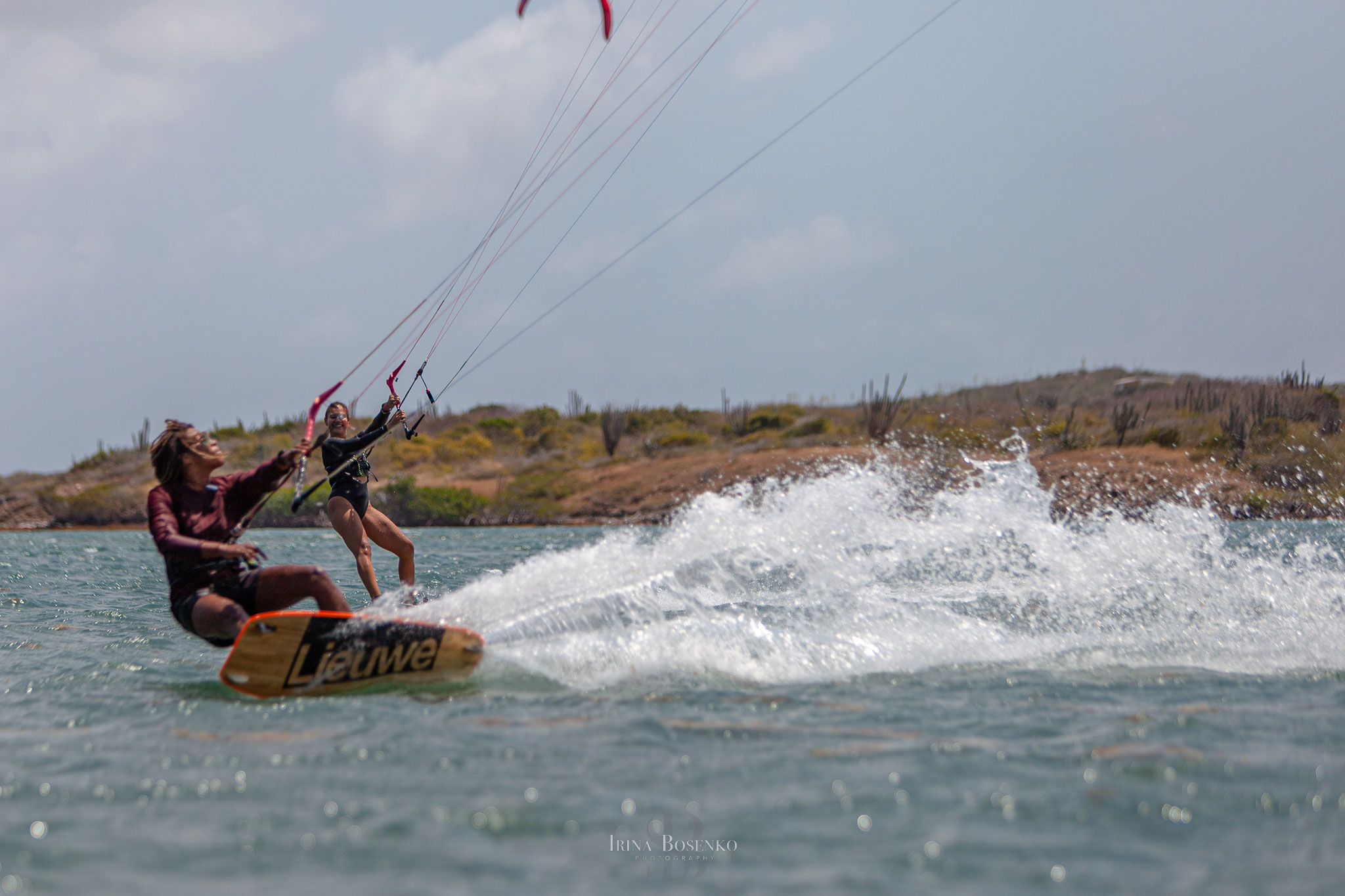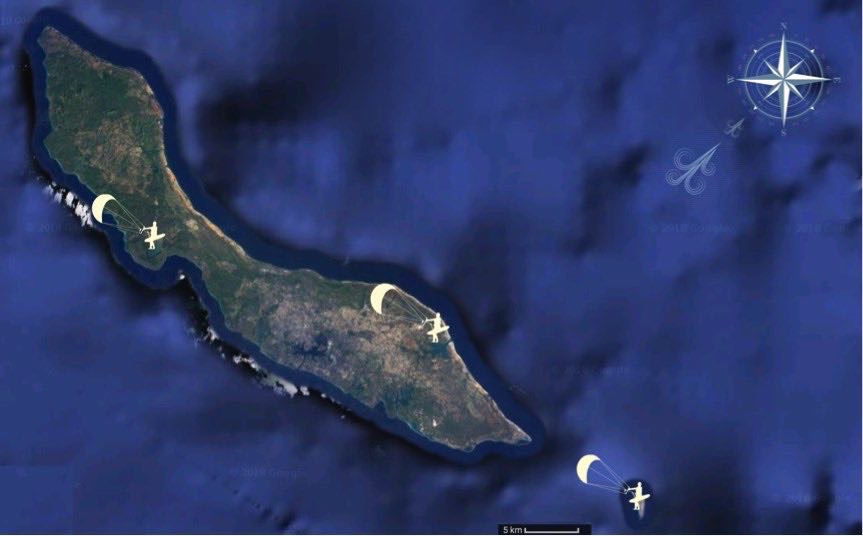The Kiteboarding Kite
- Date:18/06/2018
- Category:Kitesurfing Tech & Kiteboarding Tech
You have just finished your kiteboarding lessons at the nicest kiteboarding spot on Curaçao with Awa Salu Kiteboarding Curacao, and have decided that, in between face planting during water start practice, doing the downwind scoot, over stalling your kite over and over again, and being a great amusement for your instructor, you are hooked on this great watersport called kitesurfing.
You have just rolled and stuffed our kiteboarding kite into its bag and have collected your snotty towel. This of course after rinsing your sinuses with loads of salty St. Joris Bay water, because you got yourself into a watersport that definitely will not make you forget the taste of our Caribbean sea. After your goodbye’s, you rush to your car to get to Google to start your hunt for your very first kiteboarding gear.
Your shock is huge when you find out that literally all of those kites have great boost, lovely sweet spots, great hangtime and tons of drift while not even looking alike without really being able to pinpoint the differences….
This is why we would like to give you some intel on the main different kiteboarding kite types and their characteristics.
Kiteboarding Kite Parts
So you probably know most of the names of the different parts of the kites you have flown during your kiteboarding lessons here on our sweet island Curacao.
But, as you maybe have heard before… We don’t expect you to remember all we tell you during your lessons; therefore we will name all of them for you.
The leading edge is the thickest inflatable tube on the kite that runs from wingtip to wingtip, it defines the shape of the kite, and is the only part of the kite you may hold during landing and launching and handling of the kite.
The trailing edge is on the opposite of the leading edge. It is the part you never want to grab when handling the kite as the kite will flip over. When the trailing edge is in the water, you need to jerk the power lines for the kite to tumble on its leading edge, ready to relaunch.
The bridles (frontlines) are attached to the leading edge. It is important to always check the bridles for entanglement before attaching them to the power lines. The bridles suspend the leading edge, so the angle of attack of trailing edge can be maximalised for optimal depower.
The back lines on the ends or wingtips of the kite were colored and attached to the red/white and blue/white steering lines.
The struts are the inflatable tubes connected to the leading edge. They add stability to the kite and make water relaunch easier, strutless kites are lighter and fit in a small backpack when deflated.
The 5 parts of the kite all have their functions, and the first 3 make the 4 different leading edge inflatable (LEI) kite types.
– Warning, some technical kiteboarding stuff coming up ahead. Feel free to skip if you don’t feel like reading it. Feeling up to it? Please continue… –
Leading Edge
Let’s start with the leading edge. Its shape ranges from the very rounded leading edge, shaped like a C to a flatter profile. C kites or hybrid kites have a rounded leading edge, but not bow or delta kites. Kites with a flatter profile can be bow, delta, or hybrid kites, but not C kites.
The amount of curved shape of the leading edge determines the flatter area under and over which the wind flows. It is the more horizontal part of the leading edge. This area is called the projected area. This means that a kite with a flatter profile will have a higher projected area than a C kite.
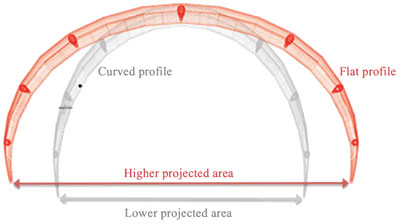
Bridles
The second feature of the kite that determines the kite type are the bridles. Bridles are the lines that attach to the leading edge and come together in one line with attachment option to the power lines. Wingtips can have bridles too.
There are usually 3 to 4 attachments from the leading edge, coming together to one.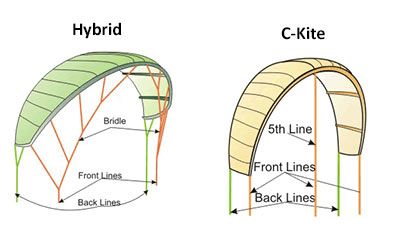
The bridles make sure the kite’s leading edge doesn’t change shape while flying.
They keep the shape and position of the leading edge stabile so when trimming the kite for less power. The angle of attack on the wind can be made smaller, resulting in a better depower compared to a direct connection of the powerlines to the wingtips without bridles.
Did you loose me? Don’t worry, keep reading till after the trailing edge part and I will show you what I am talking about.
Trailing Edge
The trailing edge can be convex (bulging), straight or concave (caved in). Only bow and delta kites have concave trailing edge’s.

The concave shape of the trailing edge makes is possible for the bridled kite to fly with a better depower than with a convex trailing edge.
The wind is able to pass underneath the kite with the same speed as it does over the kite, therefore it’s not creating any lift and is 100% depowered.
Side view kite types
The diagram displays the main characteristics per kite type. This diagram also shows how the leading edge of the kites move down and the trailing edge up, when the kites is completely depowered with the trimstrap. The more the leading edge can move down and the training edge can move up, the more depower a kite has..
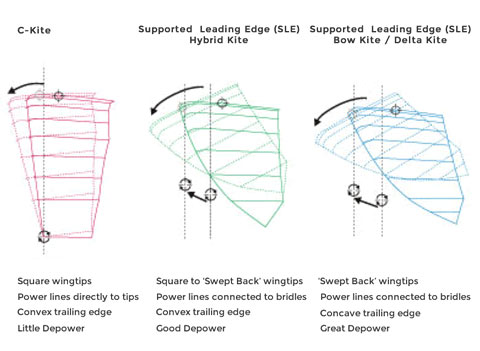
– You can hop back into the piece, technical stuff is all explained above –
Kiteboard kite types
There are 4 different Kitesurfing Kite Types with an inflatable leading edge. These kites have either a ‘bridles supported leading edge’ (SLE) or a ‘not supported leading edge’.

The C-Kite
The C-Kite has a strongly curved front profile, no bridles, long square wingtips and a convex trailing edge.
It has a narrow wind range, limited depower, explosive power delivery and powered turning capacity. The C-Kite is harder to relaunch than other kites and is suitable for the more advanced rider.
The Hybrid Kite
The Hybrid Kite has a flatter to a more curved front profile, bridles for leading edge support, square to ‘swept back’ wingtips and a convex trailing edge.
The characteristics can be like a C-Kite or a Bow Kite depending on it’s shape.
It has a good depower.
The Bow Kite
The Bow Kite has a flat front profile, bridles for leading edge support, ‘swept back’ wingtips and a concave trailing edge.
It has a huge windrange, great ‘low-end(soft winds)’ and ‘high-end(strong winds)’. The Bow Kite is very easy to relaunch due to the ‘swept-back’ wingtips and great depower. It has a gradual power build-up and turns depowered. The Bow Kite is a good ‘beginner kite’.
The Delta Kite
The Delta Kite has a very flat front profile, bridles for leading edge support, very ‘swept back’ wingtips and a concave trailing edge.
It has the same characteristics as the Bow Kite but has an even greater depower, easier relaunch and the Delta Kite reacts slower than the other kites.
This makes the Delta Kite the ideal kite for beginners.
Which Kite type would be for you?
If you decide you are interested in a nice, beginner friendly more allround kite for some freeriding so you can practice your transitions, pop’s, jumps and timing. … A flatter bridled kite, with straight to concave trailing edge is nice due to the smaller chances of becoming overpowered, and less nervous so more forgiving, wether you are able to fly high and float in the sky able to fly high and float for many seconds…
Waves are all you can think about? And all you want to do is kite in the waves? Then you are probably looking for a kite that doesn’t keep pulling when riding a wave, and is very stable and predictable. Those kites are the flatter kites, make sure it is not a slow turner. Check out a review of the kite you are looking at on a forum.
Were you a star in class and jumping on your third lesson? Are you completely ready to ride unhooked, having fun with loads of power and doing scary kite loops in the air, thus ready to freestyle? Then you might like it to take a look at the more C shaped side of things…
Are you a wakeboarder and planning on riding wakestyle the kite preferable loves riding low, powered, fast, and wants to be unhooked, while being stable and predictable.
Most kite types are being used in this style of kite boarding, Google a couple of kites, check forums for their opinions and take the plunge… It is mostly about of the type of board you have….Good luck with that one… And you thought kites where difficult to figure out?…Don’t forget your impact vest! As a community we hate for our fellow kiters to get hurt.
Remember to be safe and take lessons if you are unsure of your (proven) abilities!
Latest library items
Hoe het weer werkt
Het is weer zover… Het orkaan én regenseizoen hebben zich weer aangekondigd. Al een paar dagen is er geen zuchtje wind voelbaar en de nachten zijn voorzien van heerlijke regen [...]
Buying A Second Hand Kite
Buying a second hand kite can be a bit tricky unless you know exactly what you are looking for, so let's make that happen! Do you want a new [...]
Is Kiteboarding Dangerous?
If kiteboarding is dangerous? Well, the most important of all is that almost everybody can learn to ride. Women, men, young and old. Even if you are not the fittest [...]
The weather on Curacao
For the weather on Curacao are going at it again.. the hurricane- ánd rain seasons have announced themselves. For a couple of days already there isn’t a single breeze to [...]
